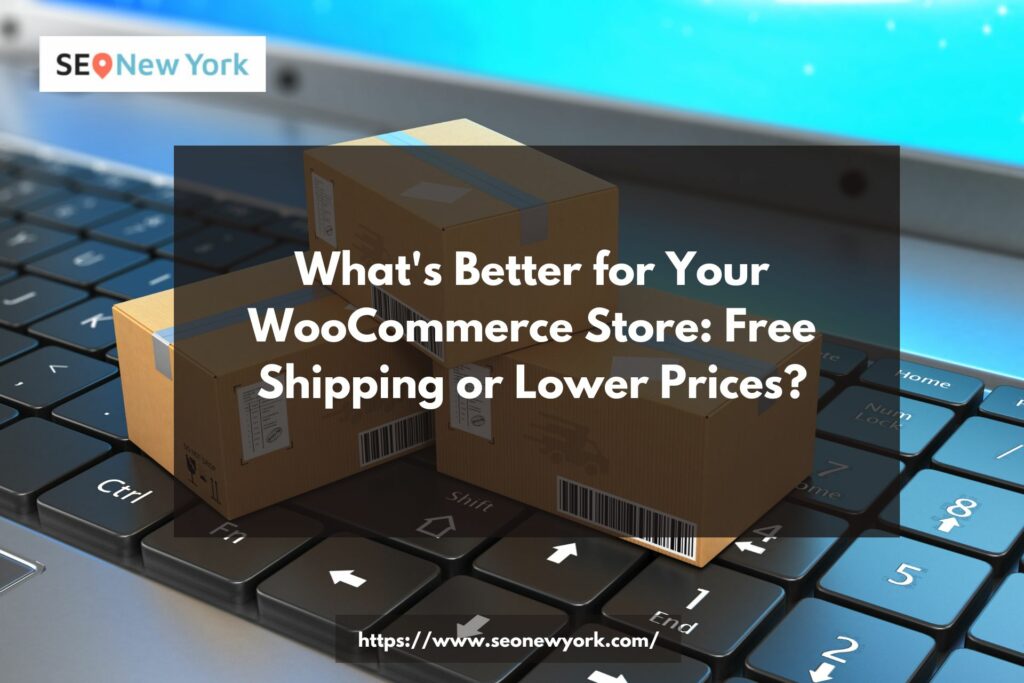When it comes to running a successful WooCommerce store, finding the right balance between offering free shipping and setting competitive prices is crucial. These two factors play a significant role in attracting customers, boosting sales, and enhancing the overall shopping experience. However, deciding whether to prioritize free shipping or lower prices can be a challenge for many store owners. In this blog post, we will explore the advantages and disadvantages of each approach, discuss strategies for implementation, and provide insights to help you make an informed decision.
Understanding the Importance of Shipping and Pricing in WooCommerce
Shipping and pricing are fundamental aspects of any e-commerce business, and WooCommerce is no exception. Customers have come to expect affordable prices and reasonable shipping options when making online purchases. Failing to meet these expectations can result in lost sales and dissatisfied customers. Therefore, it is crucial to evaluate the impact of your shipping and pricing strategy on your store’s success.
The Pros and Cons of Offering Free Shipping
Advantages of Free Shipping
Free shipping has become a popular marketing tactic among online retailers for several reasons. Firstly, it eliminates an additional cost barrier for customers, making their purchase decision easier. It can also increase the average order value as customers are more likely to add extra items to meet the free shipping threshold. Moreover, offering free shipping can enhance customer loyalty and encourage repeat purchases, as customers perceive it as a valuable benefit.
Disadvantages of Free Shipping
While free shipping has its advantages, it is important to consider the potential drawbacks. Providing free shipping for all orders can significantly impact your profit margins, especially for smaller businesses. Additionally, offering free shipping may attract price-sensitive customers who are less likely to make repeat purchases once the promotion ends. Furthermore, customers may have unrealistic expectations regarding shipping times, leading to dissatisfaction if their orders are delayed.
The Pros and Cons of Lowering Prices
Advantages of Lower Prices
Lowering prices is another strategy that can attract customers and increase sales. When products are competitively priced, it becomes more enticing for customers to choose your store over competitors. Lower prices can also help establish your store as a cost-effective option in the market, driving customer loyalty. Furthermore, by reducing prices, you can create a sense of urgency and drive impulse purchases.
Disadvantages of Lower Prices
While lower prices can generate initial interest, they can also have downsides. Drastically reducing prices may signal lower quality to some customers, impacting their perception of your brand. Moreover, continuously lowering prices can lead to a race to the bottom, where profitability becomes a challenge. Additionally, it may be difficult to increase prices over time without losing customer trust or facing resistance.
Finding the Right Balance: Combining Free Shipping and Lower Prices
Rather than choosing between free shipping or lower prices, a strategic approach involves combining both strategies to create a compelling value proposition for your customers. By offering competitive prices and free shipping, you can attract a wider range of customers and increase the likelihood of conversions.
Analyzing Customer Behavior and Preferences
Understanding your customers’ behavior and preferences is essential in determining the optimal shipping and pricing strategy for your WooCommerce store. Conducting market research, analyzing customer data, and monitoring feedback can provide valuable insights. Consider factors such as customer demographics, purchasing patterns, and sensitivity to shipping costs.
Strategies for Implementing Free Shipping and Lower Prices
Segmenting Customers: Divide your customer base into segments based on factors like purchase history, location, or order value. Offer free shipping to high-value customers or those who meet a minimum order threshold, while providing competitive prices to other segments.
Setting Minimum Order Thresholds: Encourage customers to increase their order value by setting minimum thresholds for free shipping. This strategy can help you maintain profitability while offering free shipping as an incentive.
Utilizing Dynamic Pricing: Implement dynamic pricing strategies where prices are adjusted based on various factors such as demand, inventory levels, or customer segments. This approach allows you to offer discounts or free shipping selectively, maximizing profitability.
Monitoring and Adjusting Your Approach
Once you have implemented your shipping and pricing strategy, it is crucial to continuously monitor its effectiveness. Analyze key metrics such as conversion rates, average order value, and customer feedback. Based on this data, make necessary adjustments to optimize your approach and maximize your store’s performance.
Case Studies: Successful WooCommerce Stores
Examining case studies of successful WooCommerce stores can provide valuable insights and inspiration for your own strategy. Study how other businesses effectively balance free shipping and lower prices to achieve their goals. Take note of their target audience, product selection, and unique value propositions.
Conclusion
In conclusion, finding the right balance between free shipping and lower prices is vital for the success of your WooCommerce store. Both strategies have their advantages and disadvantages, and a combination approach often yields the best results. By analyzing customer behavior, segmenting your customer base, setting minimum order thresholds, and utilizing dynamic pricing, you can create a compelling value proposition that attracts customers and drives sales. Remember to continuously monitor and adjust your approach based on customer feedback and key metrics to stay competitive in the e-commerce landscape.
